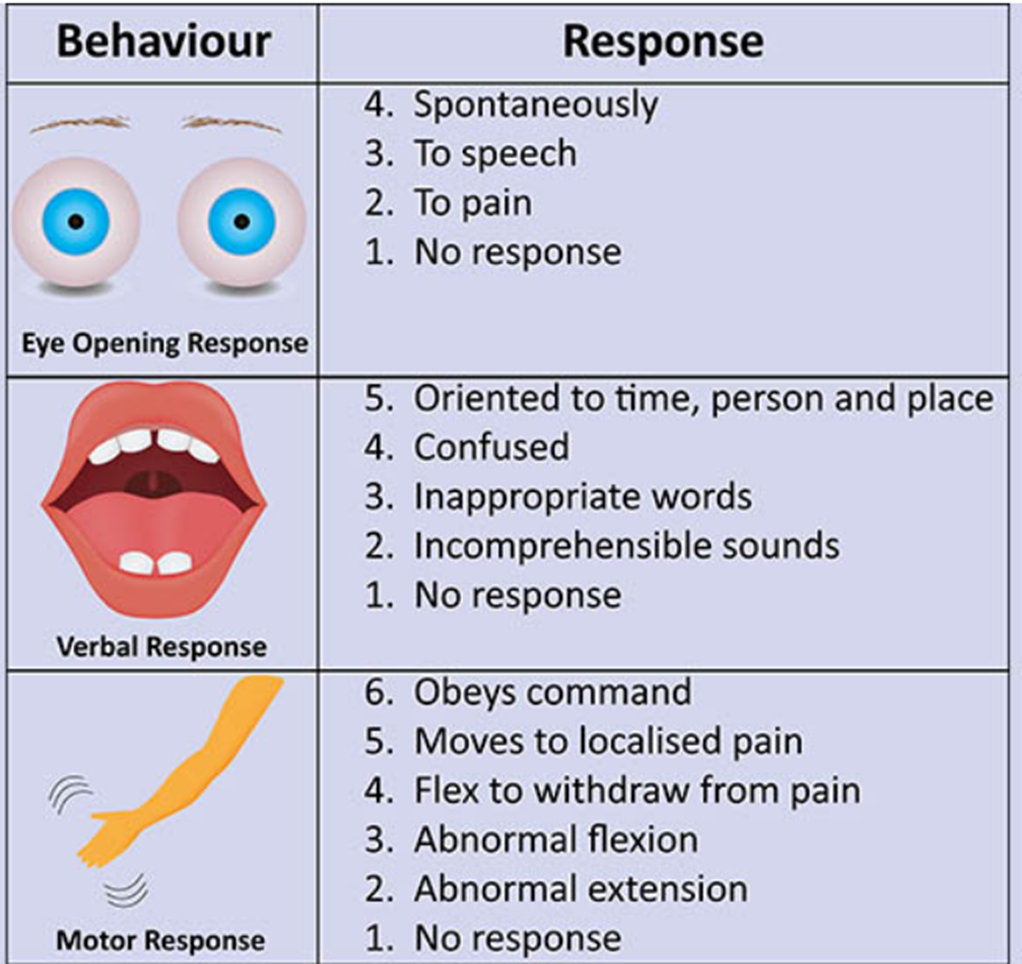An older adult comes to the emergency department after falling at home, and reports "I can't walk without losing my balance." Which steps should the nurse implement for this client?
Organize the reperfusion recombinant tissue plasminogen activator (tPA) infusion.
Determine symptom onset or when the fall occurred.
Arrange for a transfer immediately to the radiology department.
Perform a comprehensive neurologic assessment.
None of the above.
The Correct Answer is D
Choice A reason: Organize the reperfusion recombinant tissue plasminogen activator (tPA) infusion is not the appropriate step, as it is a treatment for acute ischemic stroke, which has not been confirmed in this client. tPA is a clot-busting drug that can restore blood flow to the brain, but it has strict criteria and time window for its use. The nurse should not assume that the client has a stroke without further assessment and diagnosis.
Choice B reason: Determine symptom onset or when the fall occurred is not the appropriate step, as it is not the priority for this client. The nurse should first assess the client's vital signs, neurologic status, and potential injuries from the fall. The symptom onset or fall time may be relevant for the diagnosis and treatment of the underlying cause, but it is not the most urgent information to obtain.
Choice C reason: Arrange for a transfer immediately to the radiology department is not the appropriate step, as it is not the most immediate intervention for this client. The nurse should first stabilize the client's condition, perform a thorough assessment, and obtain orders from the medical provider. The radiology department may be needed for diagnostic tests, such as computed tomography (CT) scan or magnetic resonance imaging (MRI), but it is not the first destination for this client.
Choice D reason: Perform a comprehensive neurologic assessment is the appropriate step, as it can help identify the possible cause of the client's balance problem and rule out a stroke or other serious condition. A neurologic assessment includes checking the client's level of consciousness, orientation, speech, cranial nerve function, motor strength, sensory perception, coordination, and reflexes. The nurse should also monitor the client's vital signs, oxygen saturation, and blood glucose levels.

Nursing Test Bank
Naxlex Comprehensive Predictor Exams
Related Questions
Correct Answer is ["A","D","E"]
Explanation
Choice A reason: Low back pain is a common condition that affects many older adults, as it can be caused by degenerative changes in the spine, disc herniation, spinal stenosis, osteoporosis, or muscle strain. Low back pain can be chronic, meaning it lasts for more than three months, and can interfere with daily activities and quality of life.
Choice B reason: Hypoproteinemia is a condition where the level of protein in the blood is abnormally low, which can be caused by malnutrition, liver disease, kidney disease, or inflammation. Hypoproteinemia can cause symptoms such as edema, fatigue, weakness, or hair loss, but it does not usually cause chronic pain.
Choice C reason: Headaches are a common symptom that can affect people of any age, but they are not necessarily chronic or related to aging. Headaches can be caused by various factors, such as stress, dehydration, sinus infection, migraine, or medication. Headaches can be acute, meaning they last for a short time, or chronic, meaning they occur for more than 15 days a month.
Choice D reason: Osteoarthritis is a degenerative joint disease that affects many older adults, as it causes the cartilage that cushions the joints to wear away, resulting in pain, stiffness, swelling, and reduced mobility. Osteoarthritis can affect any joint, but it is more common in the knees, hips, hands, and spine. Osteoarthritis can be chronic, meaning it worsens over time, and can limit the ability to perform daily tasks and enjoy life.
Choice E reason: Hip replacement is a surgical procedure that replaces a damaged or diseased hip joint with an artificial one, which can improve pain, function, and quality of life. However, hip replacement can also cause chronic pain, either due to complications, such as infection, dislocation, or loosening of the implant, or due to persistent inflammation, nerve damage, or scar tissue.
Correct Answer is ["A","B","C","E"]
Explanation
Choice A reason: Heart failure can cause fluid retention, which can lead to dehydration if the fluid is not properly balanced.
Choice B reason: Functional impairments can limit the ability to drink or access fluids, which can increase the risk of dehydration.
Choice C reason: Longitudinal furrows on the tongue are a sign of dehydration, as the tongue loses moisture and becomes dry and cracked.
Choice D reason: Hypertension is not directly related to dehydration, although it can be affected by fluid intake and electrolyte balance.
Choice E reason: Diabetes can cause increased urination, which can lead to dehydration if the fluid loss is not replaced.
Whether you are a student looking to ace your exams or a practicing nurse seeking to enhance your expertise , our nursing education contents will empower you with the confidence and competence to make a difference in the lives of patients and become a respected leader in the healthcare field.
Visit Naxlex, invest in your future and unlock endless possibilities with our unparalleled nursing education contents today
Report Wrong Answer on the Current Question
Do you disagree with the answer? If yes, what is your expected answer? Explain.
Kindly be descriptive with the issue you are facing.
